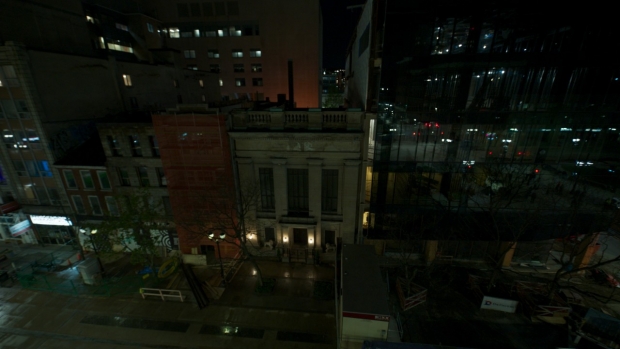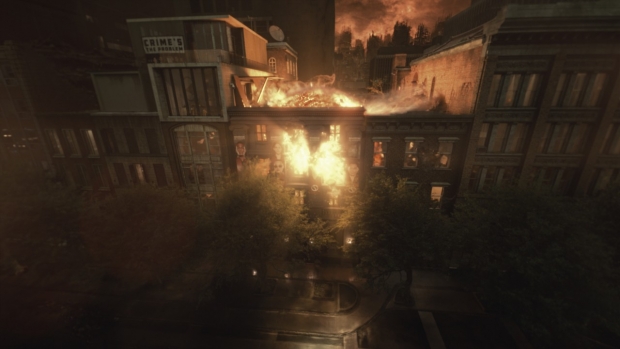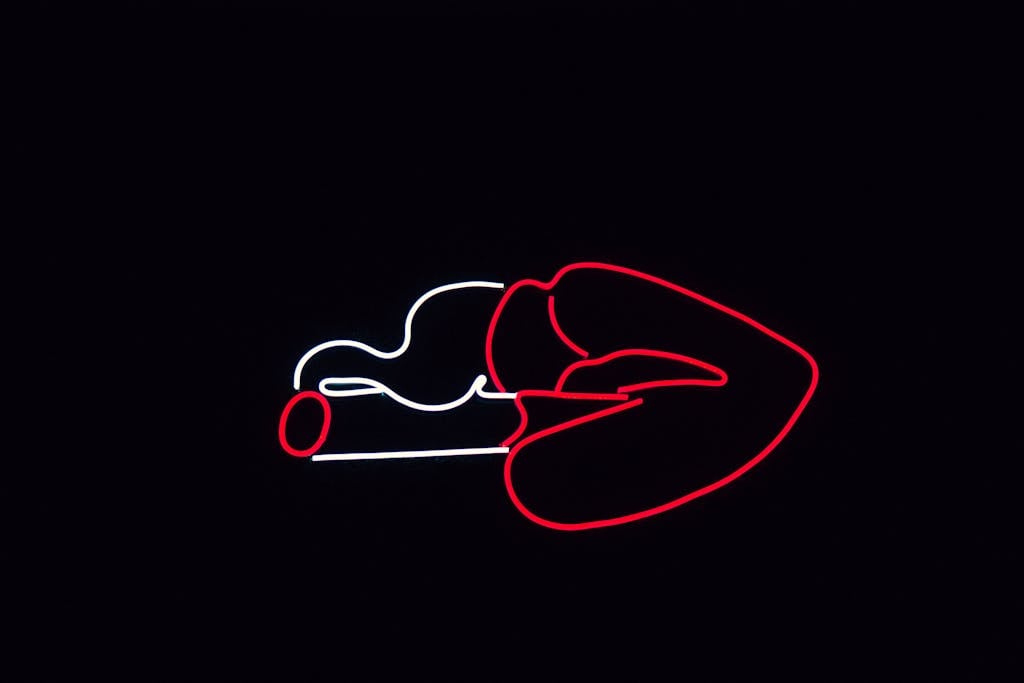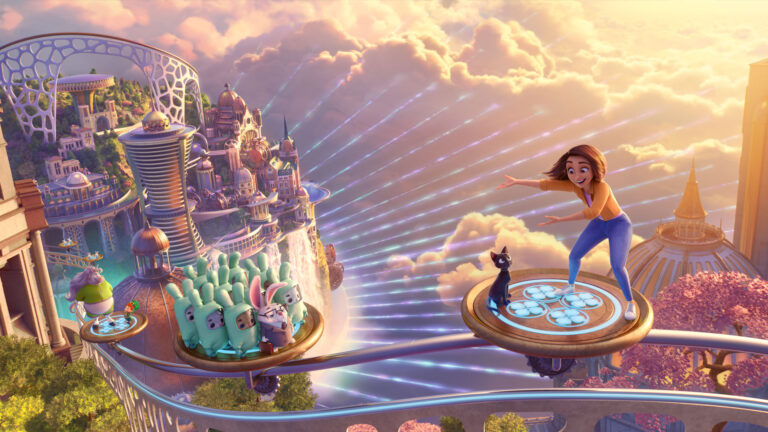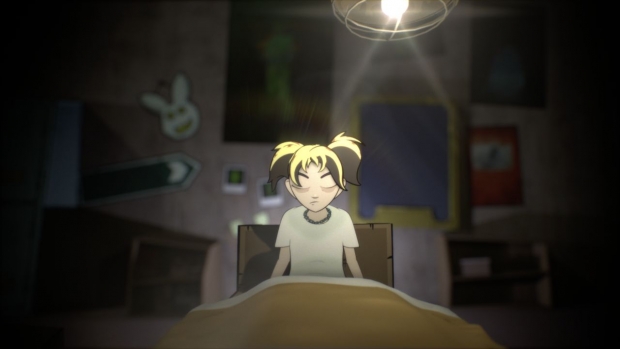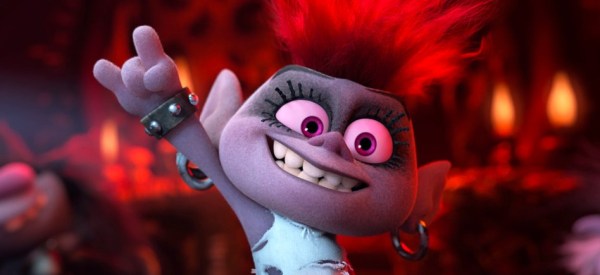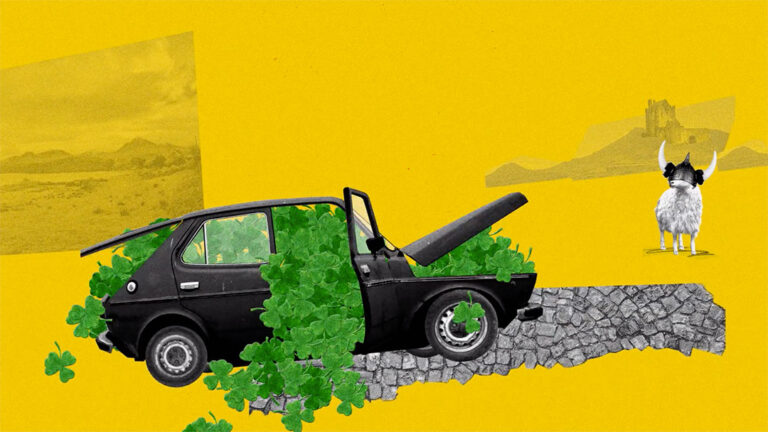The popular live-action series is based on Eisner award-winning comics and graphic novels of the same name created and written by Gerard Way (“My Chemical Romance”), illustrated by Gabriel Bá, and published by Dark Horse Comics. The cast includes Elliott Page, Tom Hopper, Emmy Raver-Lampman, and David Castaneda.
In Season 3, one of their most prominent efforts was the dreaded Kugelblitz, a pulsating, ever-growing energy orb that disintegrates things with its Kugel Wave, a magic shockwave that destroys anything in its path.
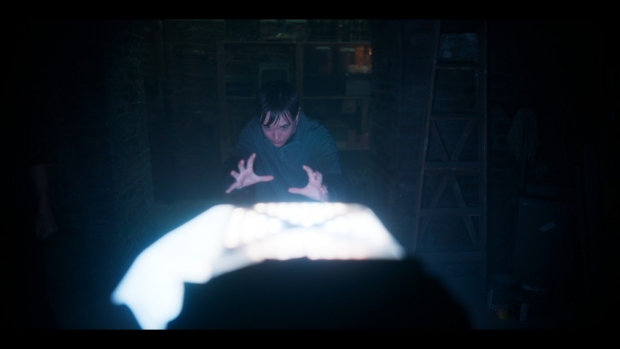
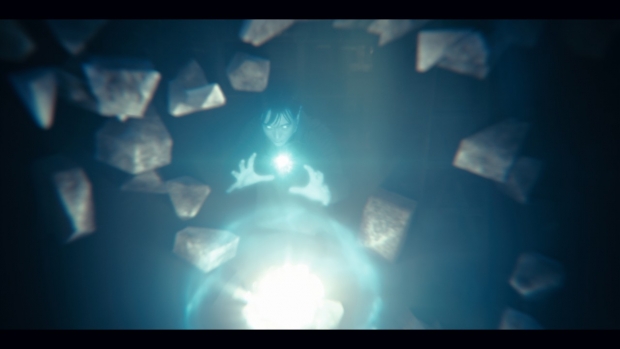
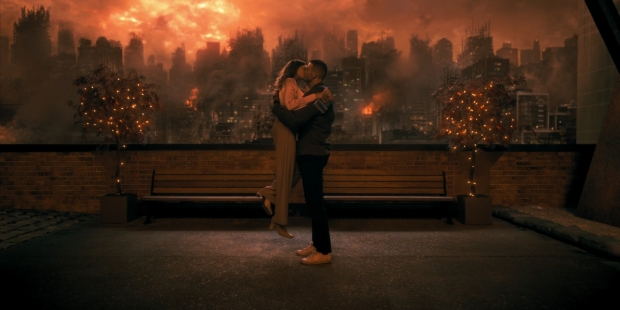
The Sparrow Academy’s Number Three, Fei, produces ravens from her body that allow her to see from various vantage points. Building realistic assets such as birds required FOLKS to spend hours watching reference material such as documentaries, scientific studies, thousands of pictures, and anatomical images. “We also had real feathers as a reference to match the [raven’s] specific iridescence and shade,” Spillemaecker says. “I also saw real ravens in a local shelter to observe their motion and behavior.”

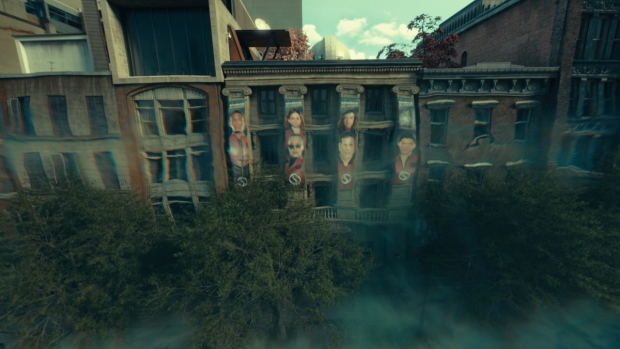
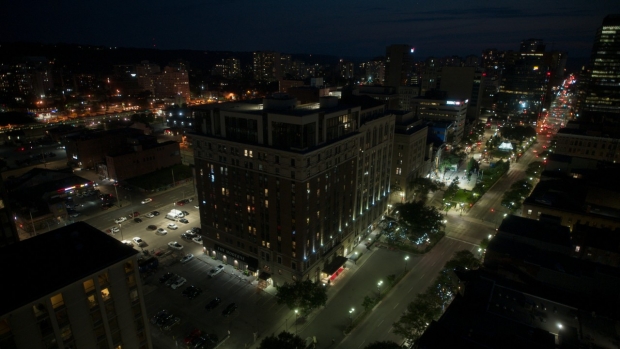
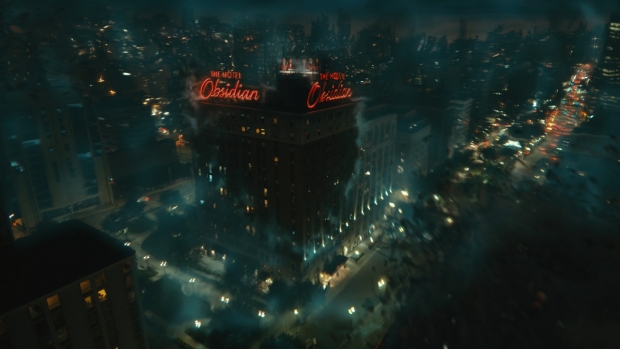

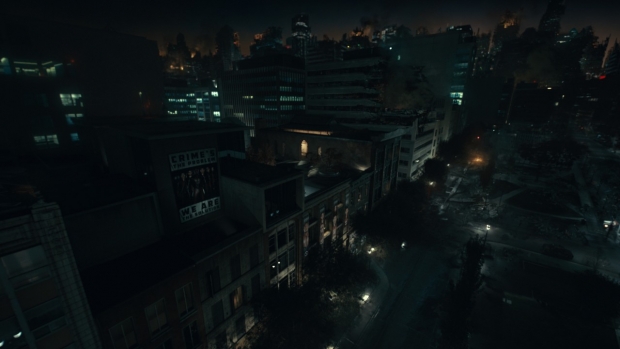
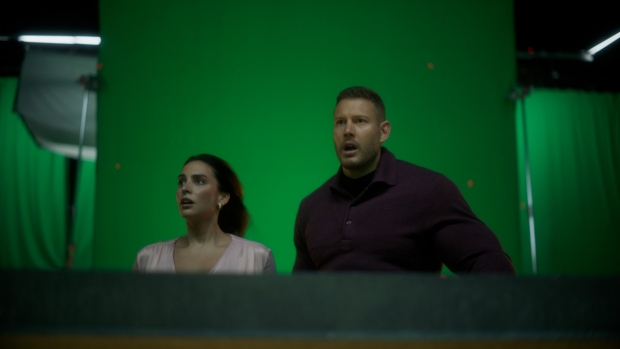
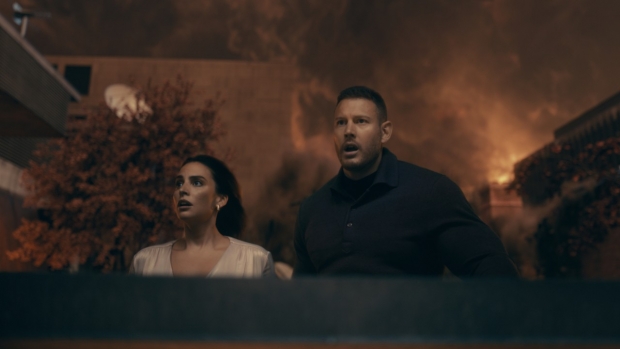
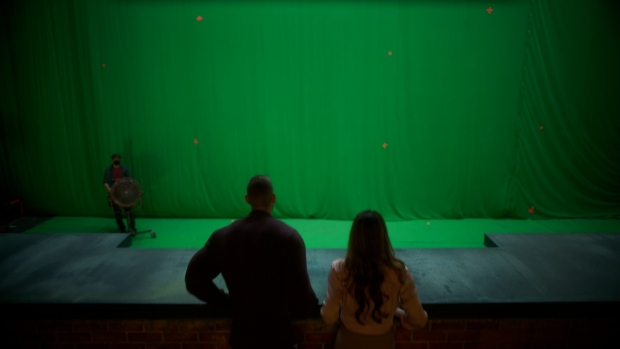

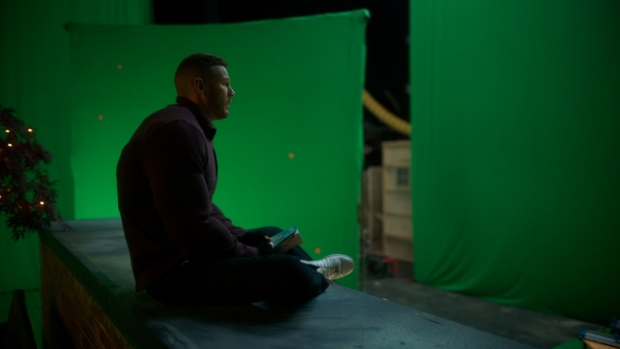
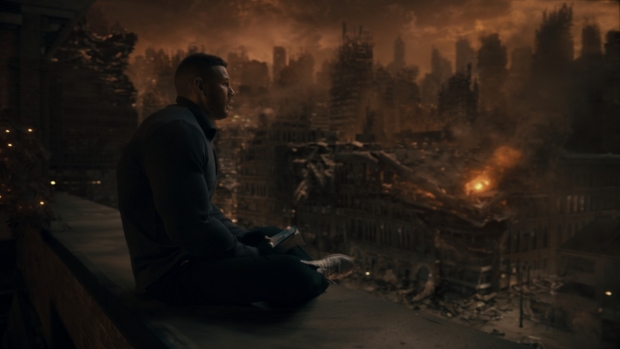
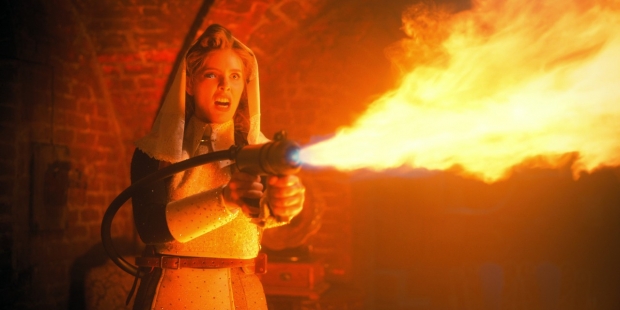
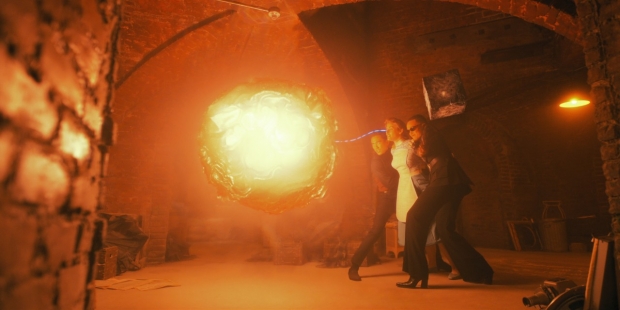
“The birth of the ravens from Fei’s body is a blend of animation and several FX particle simulations,” he adds. “It was all quite challenging. Real ravens are huge, but some shots were framed in a tight environment, and we would end up scaling some birds to accommodate the available room, achieve the desired motion, and keep a harmonious composition. Of course, scaling such an asset, with a complex rig, is not always ideal.
“After several rounds of lookdev, The Kugelblitz became a big evolving Houdini FX fluid simulation with complex translucent shading, passing several custom AOVs to be dialed in during compositing (heat, viscosity, disparity, velocity, etc.),” he continues. “The most interesting aspect, since we achieved most of the lookdev prior to principal shooting, was that we delivered early renderings of the Kugelblitz to production. Then they built a big LED cube – a few, actually, in different sizes) that would play our rendered images to create interactive light in the scene. Actors would also have something to look at, a bright pulsing cube, and act accordingly. There is nothing better than natural lighting, right? Then we would re-render and comp the CG Kugelblitz on the plates in post-production. The Kugel Waves and destruction were also heavy FX particle simulation, large CG environment, and FX-simulation destructions. Our FX team was pretty busy on this show. Hats to them; they did an amazing job!”
Top visual effects studio FOLKS, with a team led by VFX supervisor Laurent Spillemaecker, delivered around 570 shots on the series over a span of nine months, creating everything from CG Ravens and flamethrowers to destruction and debris. Spillemaecker also led the studio’s VFX production effort on the show’s second season.
Noting the large Kugel Wave destruction shots as well as the destruction of the Academy were the most demanding shots his team worked on, Spillemaecker shares, “We always need to find an effective balance between time, budget, and amount of destruction detail. For example, how many buildings do we actually need to recreate? How many internal details, structures, and breakable layers do we need to create and “rig” in the simulation? Most wide city shots use Hamilton (Ontario, Canada) or Chicago Stock footage. Still, each one of them needed huge environmental work (dozens of CG buildings) to create our fictional city and eventually destroy it.”
Regarding the previously mentioned destruction wrought by the Kugel Waves, FOLKS once again spent considerable effort creating the shots. “Destruction shots require a lot of work,” Spillemaecker reveals. “Before destroying things, we needed to build them in CG. So, the key in these shots was to focus the effort on regions of interest. It’s unrealistic to assume that we will build 3,000 buildings with their internal structure elements and furniture, and then just run a giant rigid-body destruction simulation. This is where we used a more procedural approach. Our FX supervisor built a system in Houdini with procedural internal structures (floors, beams, walls) for any kind of building. Then, we needed to add a magical feeling to these, where gravity does not act in a physical way, but could be ‘art-directed’ on a per-shot basis.”
In the new season, after a brief moment of celebration, the dysfunctional superhero siblings realize things aren’t exactly (okay, not at all) how they left them. Enter the Sparrow Academy. Smart, stylish, and about as warm as a sea of icebergs, the Sparrows immediately clash with the Umbrellas in a violent face-off that turns out to be the least of everyone’s concerns. Navigating challenges, losses, and surprises of their own – and dealing with an unidentified destructive entity – the Kugelblitz – wreaking havoc in the Universe (something they may have caused) — now all they need to do is convince Dad’s new and possibly better family to help them put right what their arrival made wrong. Will they find a way back to their pre-apocalyptic lives? Or is this new world about to reveal more than just a hiccup in the timeline?
The birds required significant detail, and subsequently, time to build, as they interacted closeup with characters and weren’t just flying around in the background. “The fact that our ravens are playing a real role in the show, and not just distant birds not interacting with people, is certainly why we spent so much time building them,” Spillemaecker explains. “They needed to have some personality in the model itself and in the animation process. The rig had to be refined to achieve all the desired performance and the ability to move individual feathers was important. We were also constantly referring back to our real feathers for the complex shading and dialing in the iridescence.”
FOLKS began work on the show early, before shooting began, doing lookdev and exploring the idea of the Kugelblitz itself. “The idea was initially relatively vague, so we took a constructive and creative approach [in discussions] with [VFX supervisor] Everett Burrell and the showrunner, Steve Blackman,” said Spillemaecker. “The basic idea started with water bubbles in zero-gravity (NASA References) and an old movie from the 70s, The Andromeda Strain.”
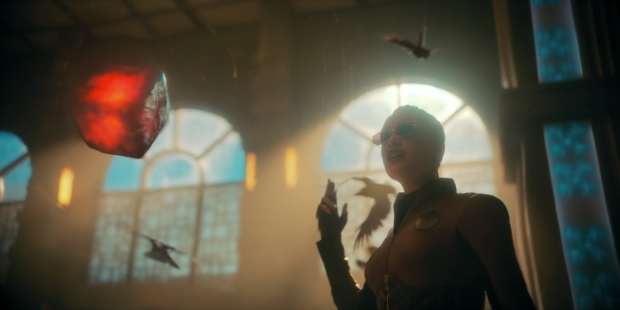
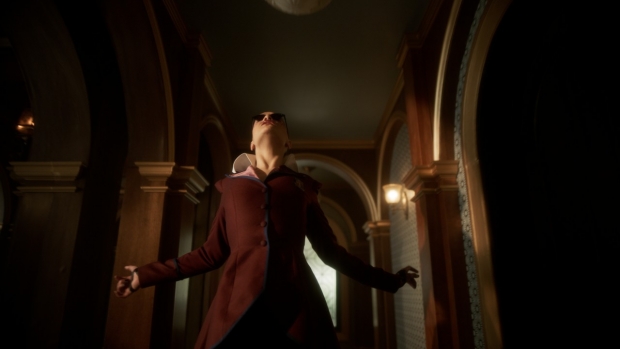
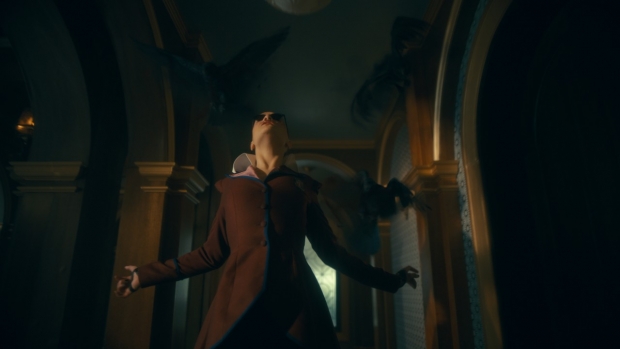

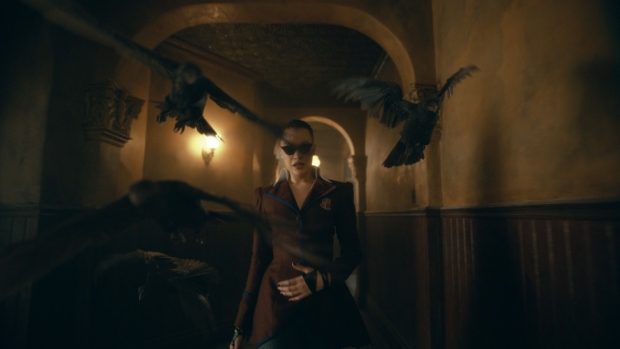
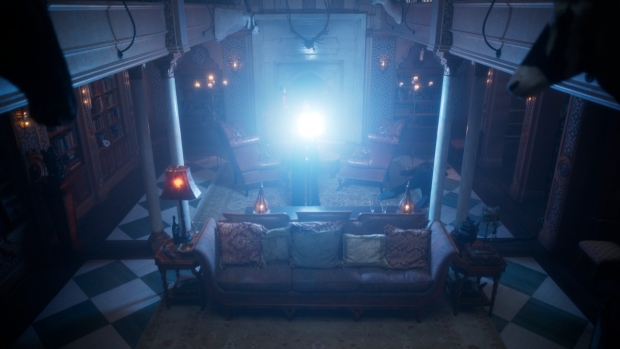

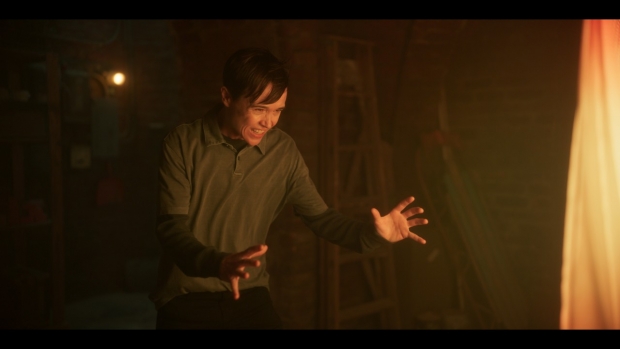
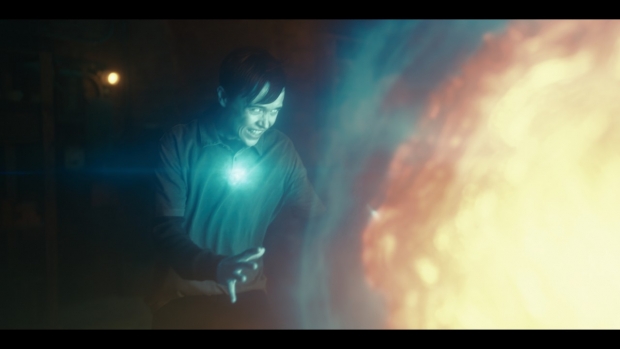
Dan Sarto is Publisher and Editor-in-Chief of Animation World Network.
In Season 3 of Netflix’s The Umbrella Academy, after putting a stop to Season 2’s 1963 doomsday while continually annoying each other, the Umbrella Academy heroes return home to the present, convinced they prevented the initial apocalypse and fixed this godforsaken timeline once and for all. But they actually did nothing of the sort.

